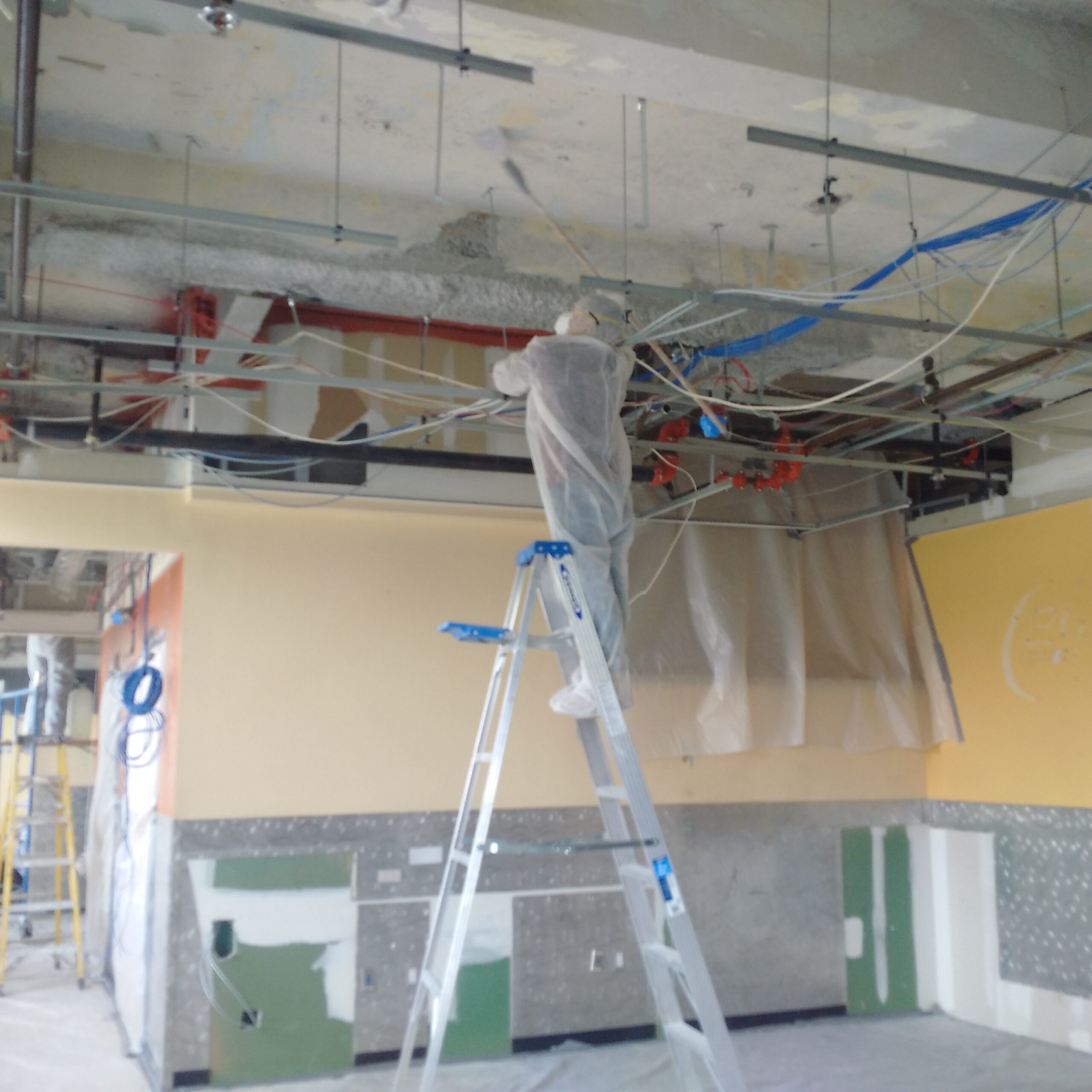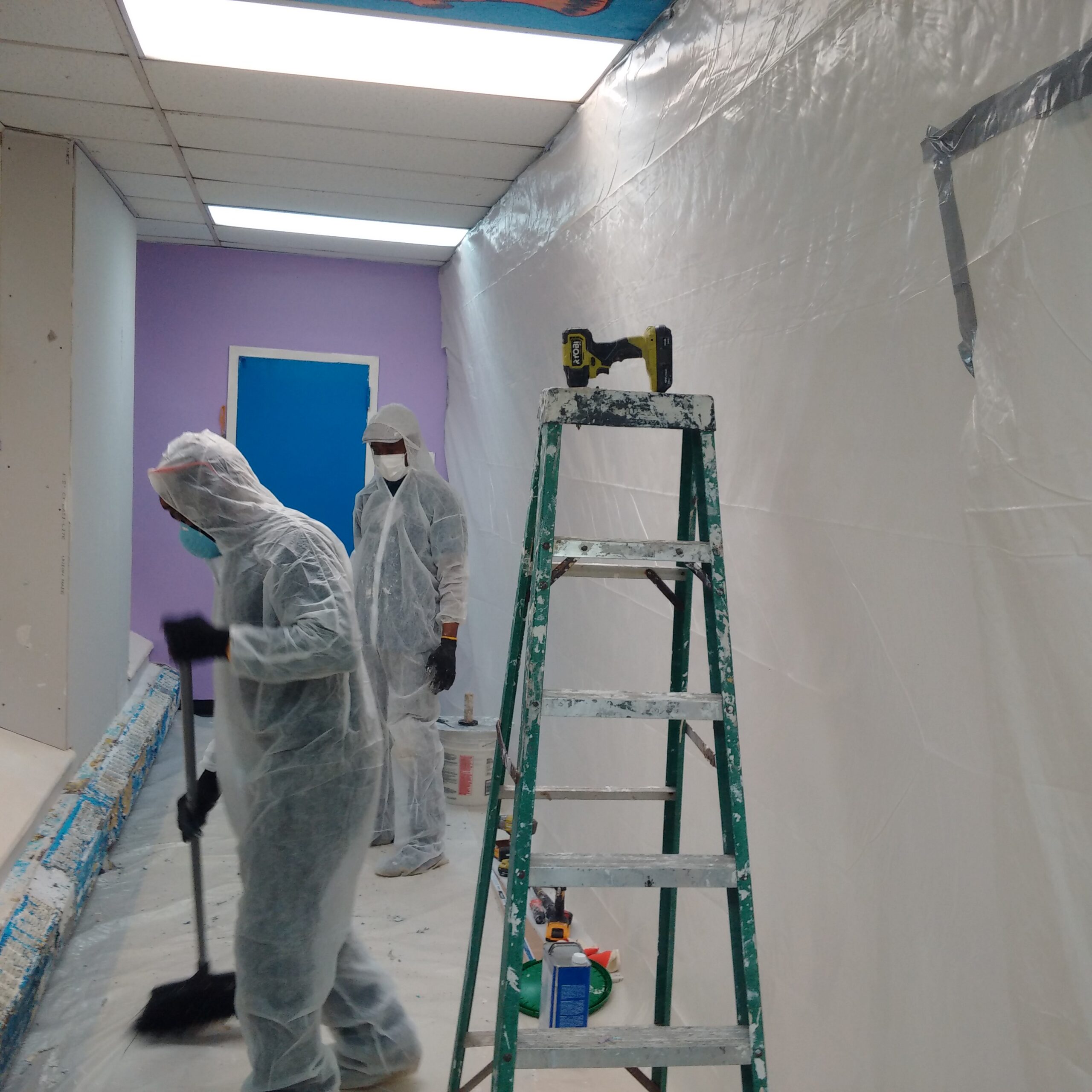Best Practices for Ensuring Safe and Complete Lead Infraction Abatement
Resolving lead infraction abatement needs a multi-faceted strategy to make sure both safety and conformity. It's the last clearance procedure, entailing complete inspections and research laboratory testing, that absolutely validates a lead-free environment, ensuring long-lasting security. Just how do these techniques adjoin to ensure thorough lead reduction?

First Analysis
Conducting a preliminary evaluation is an important initial step in lead infraction abatement. This phase encompasses a thorough evaluation of the residential or commercial property to recognize the existence, level, and certain locations of lead-based risks. Certified professionals, such as qualified lead examiners or risk assessors, need to execute a detailed website evaluation, utilizing tools like X-ray fluorescence (XRF) analyzers to properly detect and determine lead concentrations in paint, dust, dirt, and water.
The analysis must also include a testimonial of the building's background, previous records, and any type of issues or wellness issues reported by passengers - Lead Removal Contractors. Recording the searchings for thoroughly is vital, as these documents create the basis for establishing a reliable reduction approach. An extensive evaluation also involves tasting and research laboratory analysis, which are important to verify the existence of lead and guide succeeding actions
Additionally, it is critical to connect the outcomes transparently to all stakeholders, including residential property owners, renters, and regulatory authorities. By making sure that the first analysis is conducted with accuracy and rigor, specialists can lay a strong structure for a targeted and efficient lead reduction process, ultimately protecting public wellness and guaranteeing compliance with governing criteria.
Appropriate Control
Correct control is essential to stop the spread of lead pollutants throughout reduction activities. Effectively managing containment reduces the danger of lead dust and particles migrating to non-work locations, thus guarding both the environment and people outside the prompt job zone.

Normal evaluations of the containment location are required to look for breaches or weaknesses in the obstacle. Any kind of identified problems should be without delay addressed to maintain the integrity of the control. By adhering to these practices, reduction jobs can effectively manage lead contamination and mitigate connected wellness threats.
Worker Security
Ensuring worker security is extremely important throughout lead reduction jobs to avoid occupational direct exposure to dangerous lead fragments. Necessary procedures include the usage of individual protective tools (PPE) such as respirators, handwear covers, and full-body fits specifically developed to obstruct lead dirt and fumes. Employees should undergo detailed training on the proper usage and maintenance of PPE, including in shape screening for respirators to make certain optimum efficacy.
Engineering controls, such as local exhaust air flow systems, are vital in minimizing airborne lead concentrations in the workplace. Administrative controls ought to likewise be carried out, consisting of restricting the period of direct exposure Visit Your URL and revolving workers to decrease private exposure times. Routine medical surveillance and biological monitoring are important for early detection of lead absorption, allowing timely intervention and treatment.
Furthermore, establishing a purification method is essential. Employees need to comply with rigid purification treatments prior to breaks and at the end of their change to avoid lead dust from being lugged outside the job location. This includes comprehensive hand and face washing with lead-specific cleaner and altering out of polluted clothing.
Meticulous Cleaning
Maintaining a safe job setting prolongs beyond employee security and encompasses meticulous cleaning to make sure lead bits are thoroughly gotten rid of from the site. The process of thorough cleanup is essential in protecting against the recontamination of the mellowed out area and guarding both present and future occupants.
To attain a detailed cleanup, all workplace need to be systematically sanitized. This involves the usage of specialized HEPA (High-Efficiency Particulate Air) hoover and wet-wiping techniques to record and remove great lead dust that might have settled on surface areas. It is important to cleanse all horizontal surface areas, consisting of floors, home window sills, and countertops, in addition to vertical surfaces that might have trapped lead bits.
Employees must use appropriate personal safety tools (PPE) during cleaning to avoid exposure to recurring lead dust. Utilized cleansing products such as wipes, sponges, and mop heads ought to be disposed of based on unsafe waste disposal laws.

Last Clearance
Last clearance is the crucial concluding phase of lead abatement that determines whether the site is safe for reoccupation. This essential action entails comprehensive inspection and testing to verify that all lead hazards have actually been properly removed.

Final description clearance screening not just safeguards future occupants yet also ensures compliance with local, state, and government regulations. It offers as a documented recognition of the reduction service provider's adherence to market best techniques. Guaranteeing a comprehensive and effective final clearance is essential in securing public health and cultivating rely on the abatement process.
Verdict
Making sure safe and complete lead violation reduction necessitates a diverse approach including first evaluations with innovative detection techniques, reliable containment methods, stringent worker defense protocols, and careful cleaning procedures. The final clearance stage, featuring comprehensive examinations and laboratory testing, is vital to confirm compliance with EPA requirements. Adherence to these ideal practices ensures a risk-free setting for occupants, reduces wellness threats, have a peek at these guys and upholds regulatory demands, consequently advertising public health and safety in lead-affected areas.
Comments on “Lead Removal Contractors-- Experienced Professionals for Lead Abatement”